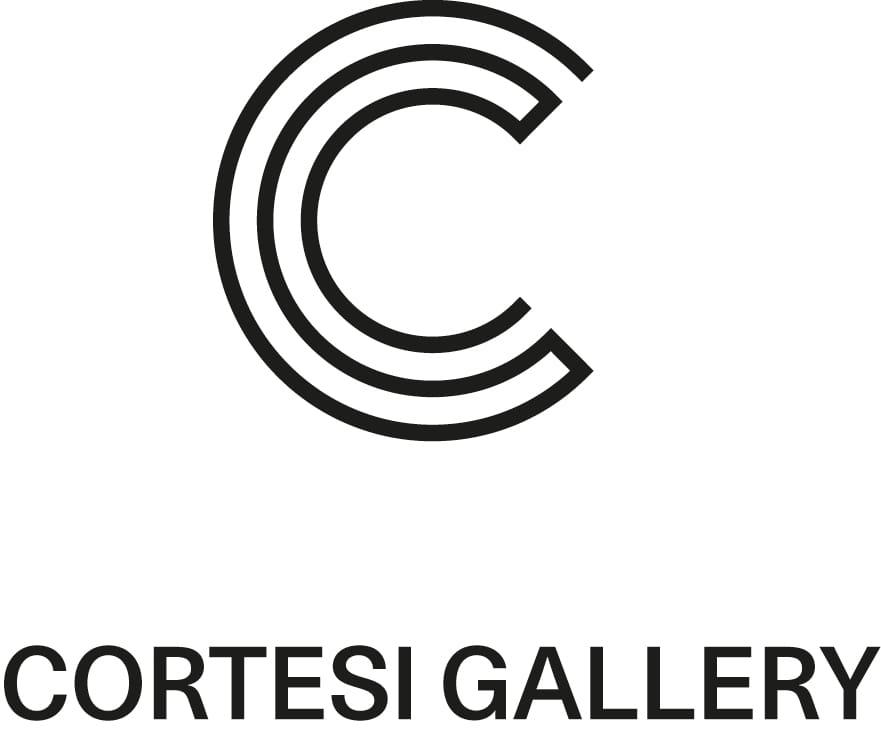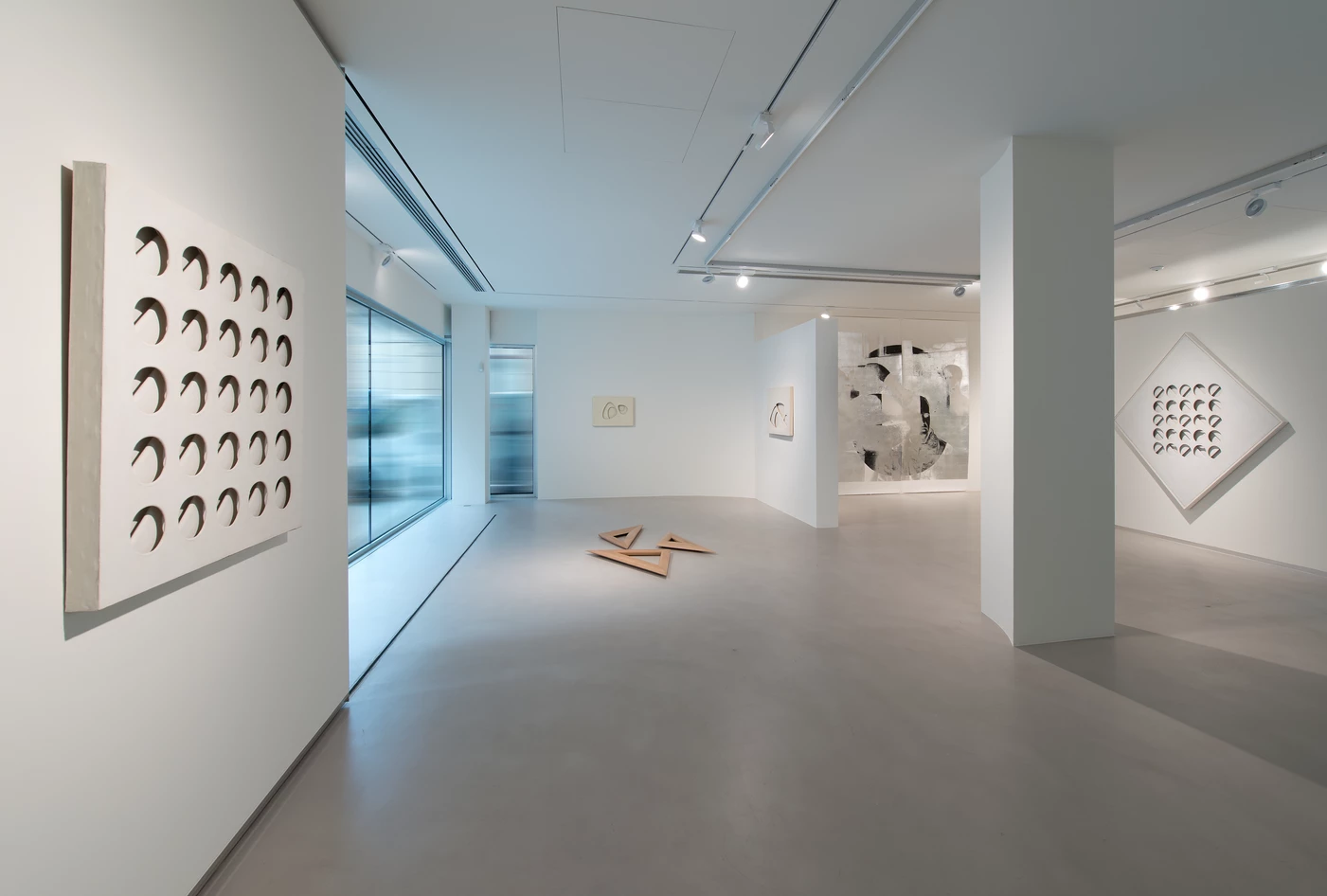Cortesi Contemporary is pleased to announce the opening of Scheggi – Skaer, a show dedicated to Paolo Scheggi (Settignano, Florence 1940 – Rome, 1971) and Lucy Skaer (Glasgow, 1975).
This exhibition, curated and conceived for the Lugano gallery by Eva Fabbris, juxtaposes the oeuvre of Paolo Scheggi with the more recent practice of artist Lucy Skaer. In a dance of positive and negative space, these two artists from different generations forge a lively, narrative and evocative dialogue with each other.
The juxtaposition of the two artists’ work reveals common interests and a surprising continuity of themes: Scheggi and Skaer’s pieces reveal a similar attraction to geometric shapes, seen as abstract models, filters between the visible and invisible, units that help define a specific relationship to space.
The show will include some of the best-known works by Paolo Scheggi, like his monochrome Intersuperfici, made of three overlapping canvases pierced by round or oval holes, and his Strutture modulari or Inter-ena-cubi, made from monochome die-cut cardboard. Thanks to the collaboration of Franca and Cosima Scheggi, it will also feature the models for his Intercamera Plastica from 1966, a design for the famous installation that the artist created as an extension of the work into space, and Interfiore from 1968, composed of circular forms hanging from the ceiling, painted with fluorescent pigment, and illuminated with black lights.
Lucy Skaer will be presenting recent works along with a new project. Moreover, she has come up with a concept for subtly altering the exhibition space: the architectural features of the gallery thus become an integral part of the dialogue between her works and Scheggi’s.
The Scottish artist’s exquisite sculptures, made from a range of materials, present the viewer with a sort of doubtful geometry: the regular shapes have intentional irregularities that call into question the idea of pure form. A large work on paper, the only figurative one, evokes the presence of the human body, which was so central to the performance work of Scheggi’s late career.



